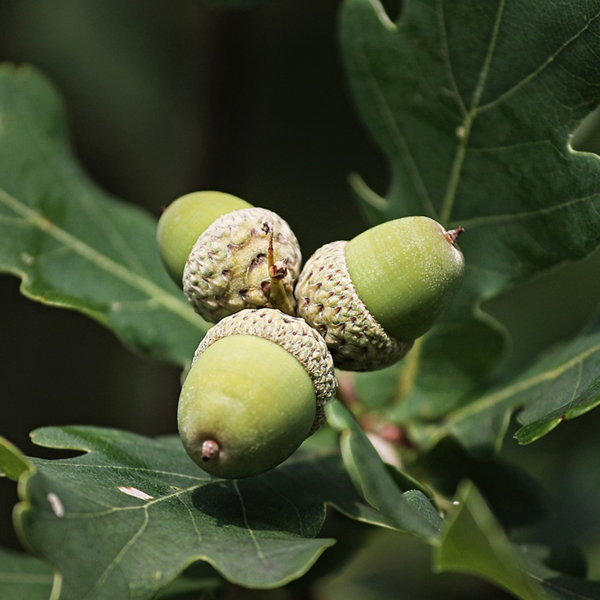How to Prevent African Swine Fever
How to Prevent African Swine Fever
African Swine Fever (ASF) is an infectious disease in pigs caused by the African Swine Fever virus, which is highly contagious and fatal. The virus only infects animals in the pig family and does not transmit to humans, but it has caused significant economic losses in the swine industry. Symptoms of ASF include fever, decreased appetite, rapid breathing, and congested skin. Infected pigs have a high mortality rate, and symptoms may include internal bleeding and swelling during the fatal phase. Currently, prevention and control mainly rely on preventive measures and eradication of the pathogen. ASF spreads through various pathways, including direct contact, indirect contact, and involvement of wild pigs, thus requiring comprehensive strategies and rational management measures for prevention and control.
To effectively control and prevent the spread of ASF, a series of comprehensive and targeted preventive measures must be taken. The main links in transmission include the source of infection, transmission routes, and susceptible animals. Here are specific measures we can take:
Source of Infection Management
1. Strict control of pig movements:
Establish strict entry and exit management systems for pig farms to limit the entry of foreign pigs and reduce the possibility of disease transmission. Only essential personnel should be allowed to enter, and they must undergo strict disinfection procedures.
2. Strengthen epidemic monitoring:
Implement regular epidemic monitoring and health checks, including regular temperature monitoring, serological testing, and pathogen testing of pig herds, as well as tracking and investigation of possible cases.
3. Timely disposal of dead pigs:
Promptly and safely dispose of dead pigs discovered, including deep burial or incineration, to prevent the spread of the virus within pig farms.
Transmission Route Control
1. Maintain cleanliness and hygiene:
Regularly clean and disinfect pig farms, including pig pens, equipment, and feed troughs, to reduce the survival time of the virus in the environment.
2. Control the movement of personnel and items:
Strictly control the movement of personnel and items (such as tools, vehicles), establish dedicated clean and contaminated areas, and prevent the spread of the virus through indirect contact with personnel and items.
3. Feed and water source management:
Ensure the safety of feed and water sources, conduct regular testing and monitoring, and prevent contamination by the virus.
Susceptible Animal Management
1. Implement appropriate isolation measures:
Implement strict isolation and observation of newly introduced pigs to ensure their health status meets standards before contact with the herd.
2. Strengthen biosecurity protection:
Strengthen biosecurity measures on pig farms, including installing effective barriers and fences to prevent entry of wild animals and other susceptible animals.
3. Raise staff awareness of protection:
Organize training to increase staff awareness of ASF, enhance personal protective awareness, ensure that staff strictly comply with relevant regulations, and reduce the risk of disease transmission.
Cooperation and Prevention
Cooperate with local veterinary departments and professional veterinarians, conduct regular vaccination, epidemic reporting, and monitoring, and work together to prevent and control the spread of ASF, safeguarding the healthy development of the swine industry.
Preventing African Swine Fever is a complex and challenging task. Only through comprehensive and systematic preventive measures can we effectively curb the spread of ASF, safeguard the healthy development of the swine industry, and reduce losses for farmers.















